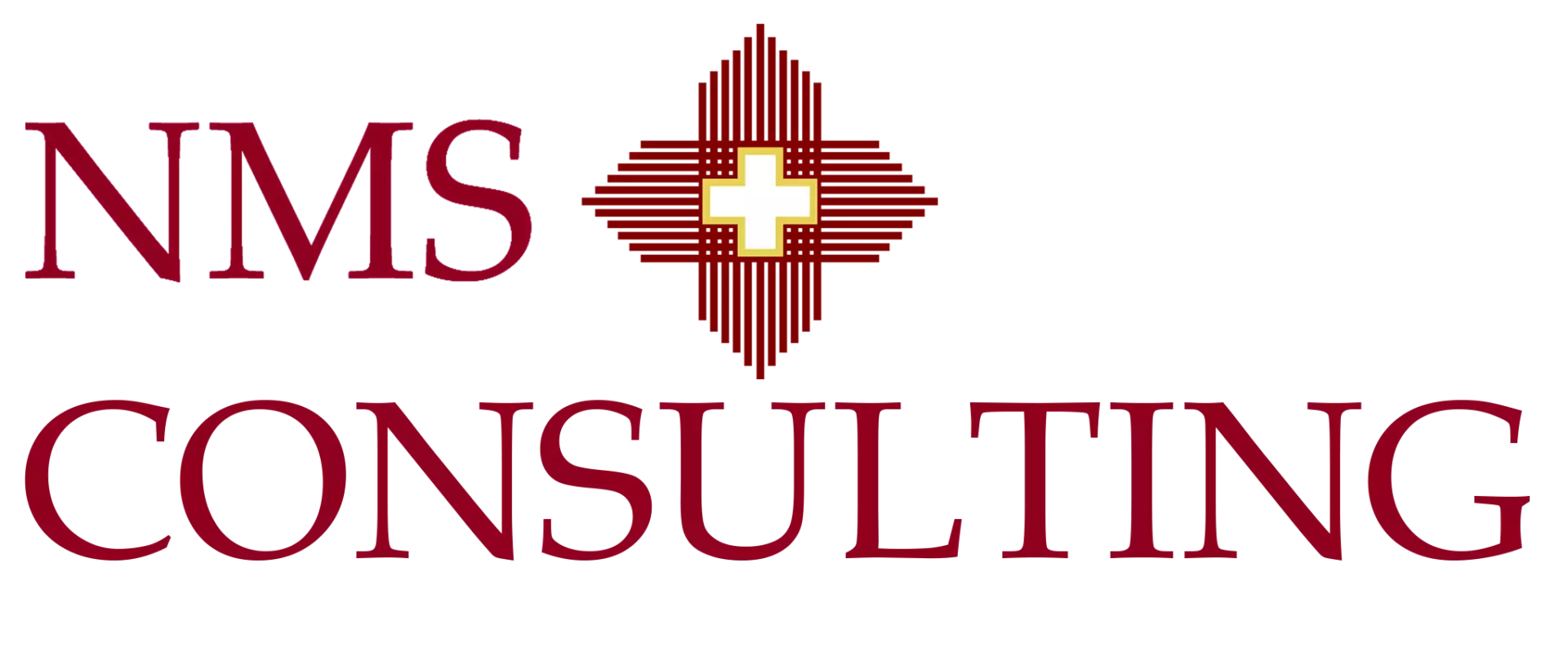What Is a Change Management Consultant and What Do They Do?

A practical guide for leaders who want measurable results from change management services.
Fast answers
What is a change management consultant?
A change management consultant guides people through a business shift so the new way of working sticks. They plan stakeholder engagement, communications, training, adoption metrics, and risk controls, then coach leaders to sponsor the shift and remove blockers. The focus is people outcomes that protect timelines, budget, and benefits.
What do they do and why do you need one?
They design adoption plans, measure readiness, align sponsors, and run a playbook that raises execution quality. When a seasoned expert leads the people side, programs reach goals more often, avoid rework, and realize value sooner. That is why change management services improve delivery confidence for technology, process, and deal related change.
Why this topic matters right now
Big programs fail too often because people adoption lags. Research from Boston Consulting Group notes that transformation programs still miss targets at a high rate, with only a minority hitting full value creation. That waste is avoidable when adoption is built in from day one.
Workforces also face more frequent shifts than before. Harvard Business Review cites Gartner data showing the average employee faced 10 planned changes in 2022, up from two in 2016, a rise that fuels change fatigue and risk to delivery.
Where change management services fit in your roadmap
Change work should move in lockstep with project delivery. At NMS Consulting, our
change management services work beside program management, solution design, and delivery teams to build adoption into scope, schedule, and budget. That same model supports digital programs, ERP modernization, shared services, and deal integration.
If your team is preparing a large technology rollout, read our practical explainer on
what change management consulting is, then go deeper with this playbook on
how to make change stick during projects. For enterprise wide shifts, our
business transformation page outlines patterns and pitfalls leaders should watch.
Talk with a senior change management consultant
Core responsibilities of a change management consultant
Strategy and planning
- Clarify the business case, desired outcomes, and success measures
- Map impacted groups and define adoption goals per group
- Build a time bound plan covering communications, training, coaching, and resistance management
- Align change delivery to program gates and cutover milestones
People activation
- Coach executives to model the change and sponsor it visibly
- Ready managers to lead local adoption and two way feedback
- Craft simple, clear messages on the why, the what, and the when
- Design training that builds skill and confidence before go live
Measurement and risk control
- Track adoption, proficiency, and usage metrics by workgroup
- Run readiness checkpoints and correct course early
- Surface people risks to the steering team with action options
- Protect benefits realization with post go live reinforcement
Ways of working
- Integrate change tasks into the master plan and RAID log
- Co design with PMO to avoid scope creep and timeline slips
- Coordinate with HR, comms, and training teams for one voice
- Capture lessons to improve future programs
What data says about sponsorship and communication
Prosci identifies active and visible executive sponsorship as the top success factor, again and again in longitudinal studies. When leaders speak with one voice, adoption rises, resistance falls, and rework declines.
McKinsey has long reported that many major change efforts miss goals. Without clear sponsorship, consistent messaging, and a disciplined adoption plan, teams face avoidable churn and delays. A dedicated expert helps close those gaps.
Build your sponsor coalition the right way
A simple, proven method for change adoption
- Case for change. Tie the change to strategy, risk, or value creation. Use a crisp story that leaders can repeat in five sentences.
- Impact and readiness. Identify who is impacted, how, and when. Assess readiness by group and set adoption targets.
- Plan. Build a living plan for communications, training, coaching, and reinforcement. Link it to project gates.
- Execute. Launch messages early, train to real tasks, and coach managers to lead at the front line.
- Measure. Track usage and proficiency, remove blockers, and reinforce positive behavior.
- Sustain. Lock in new habits with metrics in scorecards, process updates, and leadership routines.
Want a deeper dive on enterprise wide change? Explore our page on maximizing business value through change and our guide to post merger integration, where people adoption is often the make or break factor.
When to bring in a change management consultant
- Large technology deployment that reshapes roles, workflows, or service levels
- Mergers, divestitures, or carve outs with target state process and system changes
- Shared services centralization, policy changes, or operating model shifts
- Compliance or risk driven changes that require new controls and training
- Programs that rely on field adoption to hit revenue or cost outcomes
For deal related work, see our insights on ten practical moves that raise post merger integration results. For cross business programs, our
business transformation explainer outlines how change and delivery should operate as one.
What outcomes to expect from expert support
Faster time to value
Adoption accelerators, targeted communications, and role based training shorten the stabilization period after go live. Teams reach steady state sooner and benefit promises are realized earlier.
Lower execution risk
Early visibility to people risks allows leaders to act before those risks turn into missed milestones. That protects schedule, budget, and benefits delivery.
Higher benefits realization
Prosci findings show a strong link between change excellence and objective attainment. The stronger the discipline, the higher the hit rate on planned outcomes.
Fewer costly surprises
PMI research highlights how weak delivery practice burns money through rework and failed efforts. Strong change practice reduces that waste by building adoption into the plan.
How we work at NMS Consulting
We align change tasks with PMO checkpoints, so people adoption moves in step with design, build, test, and cutover. We coach sponsors to be visible and consistent. We prepare managers to lead locally. We measure adoption with leading indicators, not just lagging metrics. That playbook is described across our change management services pages and related insights.
If your digital program is in motion, pair this article with our work on
digital and technology consulting and the primer on people centric digital delivery. Together, they show how change and build should operate side by side.
Ready to raise adoption on your next program?
KPIs that show real adoption
Track signals that reveal habits, not just attendance. Sample measures below help leaders spot risk early and target support where it matters most.
Leading indicators
- Completion of role based training before pilot or go live
- Manager led talk tracks used in team huddles
- Engagement with learning assets and knowledge base articles
- Change impact sign off by business leads
Lagging indicators
- Adoption and usage by feature or process step
- First contact resolution and ticket volume trend after go live
- Cycle time, error rate, and quality metrics tied to new ways of working
- Benefit realization against the business case
FAQ
Is change management only needed for technology projects?
No. It applies to policy shifts, operating model changes, mergers, and any effort that changes how people work. If success depends on people doing something different, you need a plan to help them adopt and sustain that change.
How early should a change management consultant engage?
As early as charter and discovery. Early engagement builds a sharper business case, sets adoption targets, and saves time by avoiding rework downstream.
What skills should leaders seek?
Look for strong facilitation, sponsor coaching, communications planning, training design, benefits tracking, and experience in your industry or problem space.
Get an adoption plan you can execute
About the Author
Aykut Cakir, Senior Partner and Chief Executive Officer, has a demonstrated history in negotiations, business planning, business development. He has served as a Finance Director for gases & energy, pharmaceuticals, retail, FMCG, and automotive industries. Aykut has collaborated closely with client leadership to co-create a customized operating model tailored to the unique needs of each project segment in the region. Aykut conducted workshops focused on developing effective communication strategies to ensure team alignment with new operating models and organizational changes.




